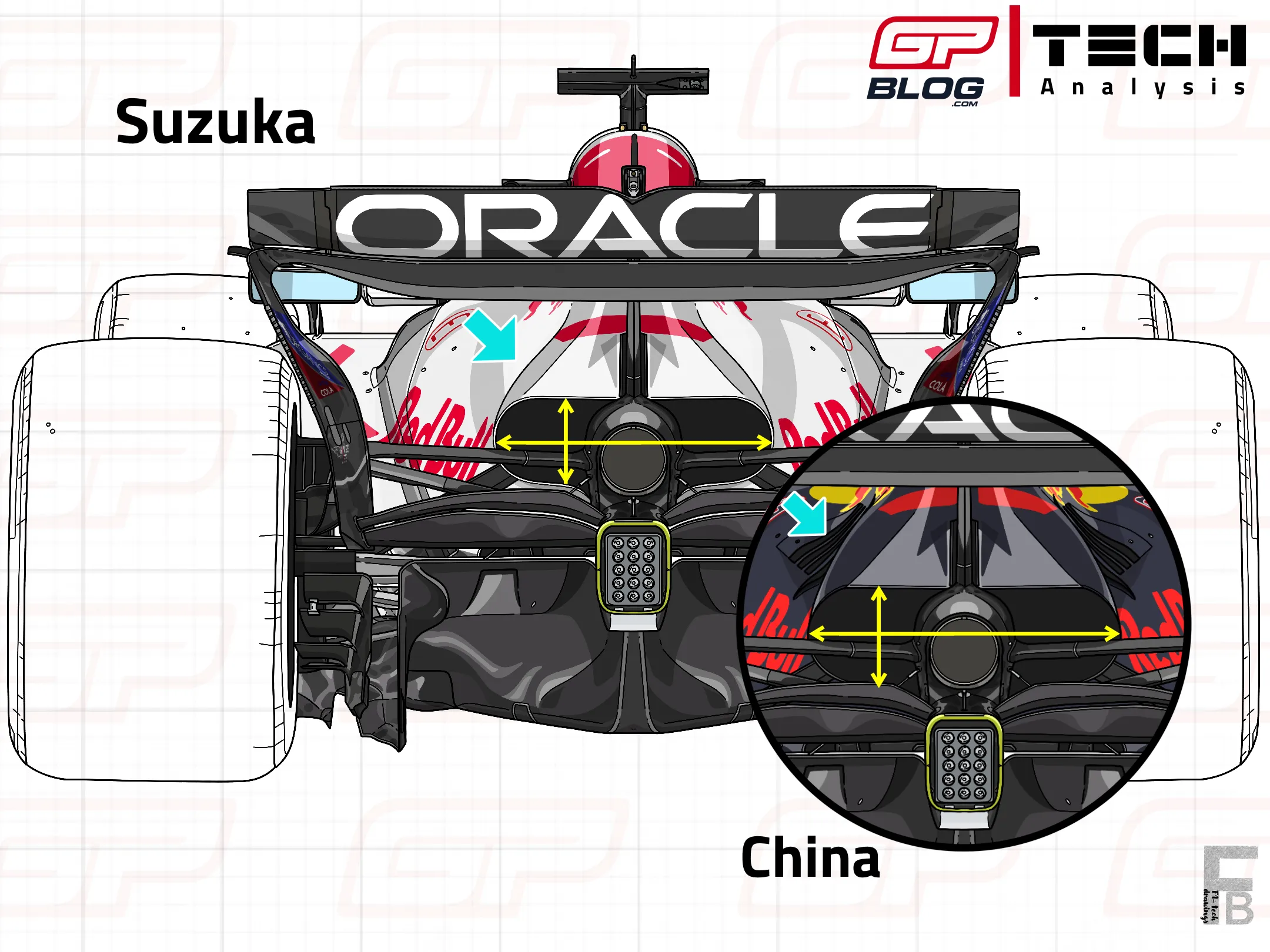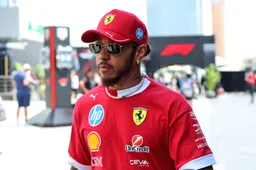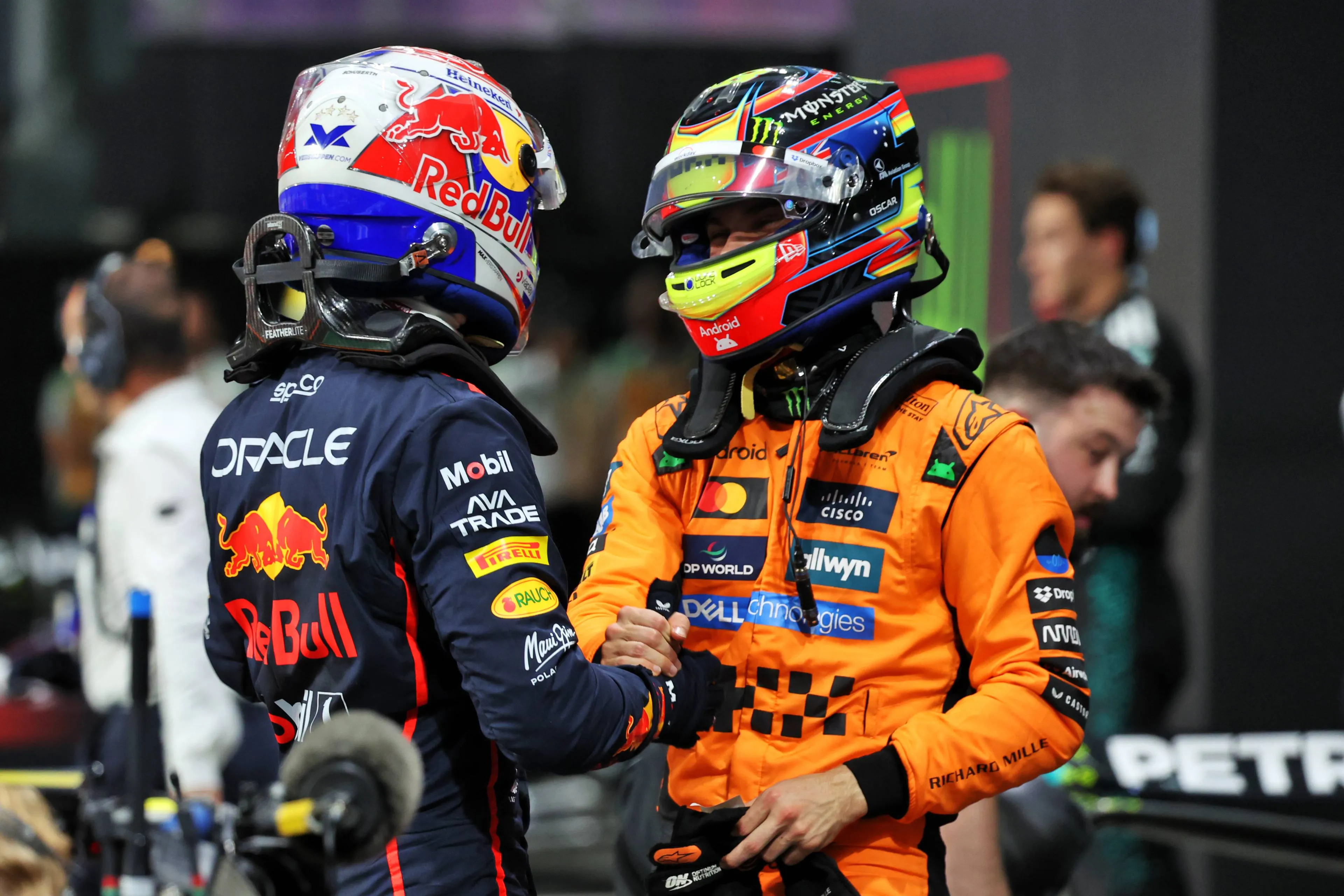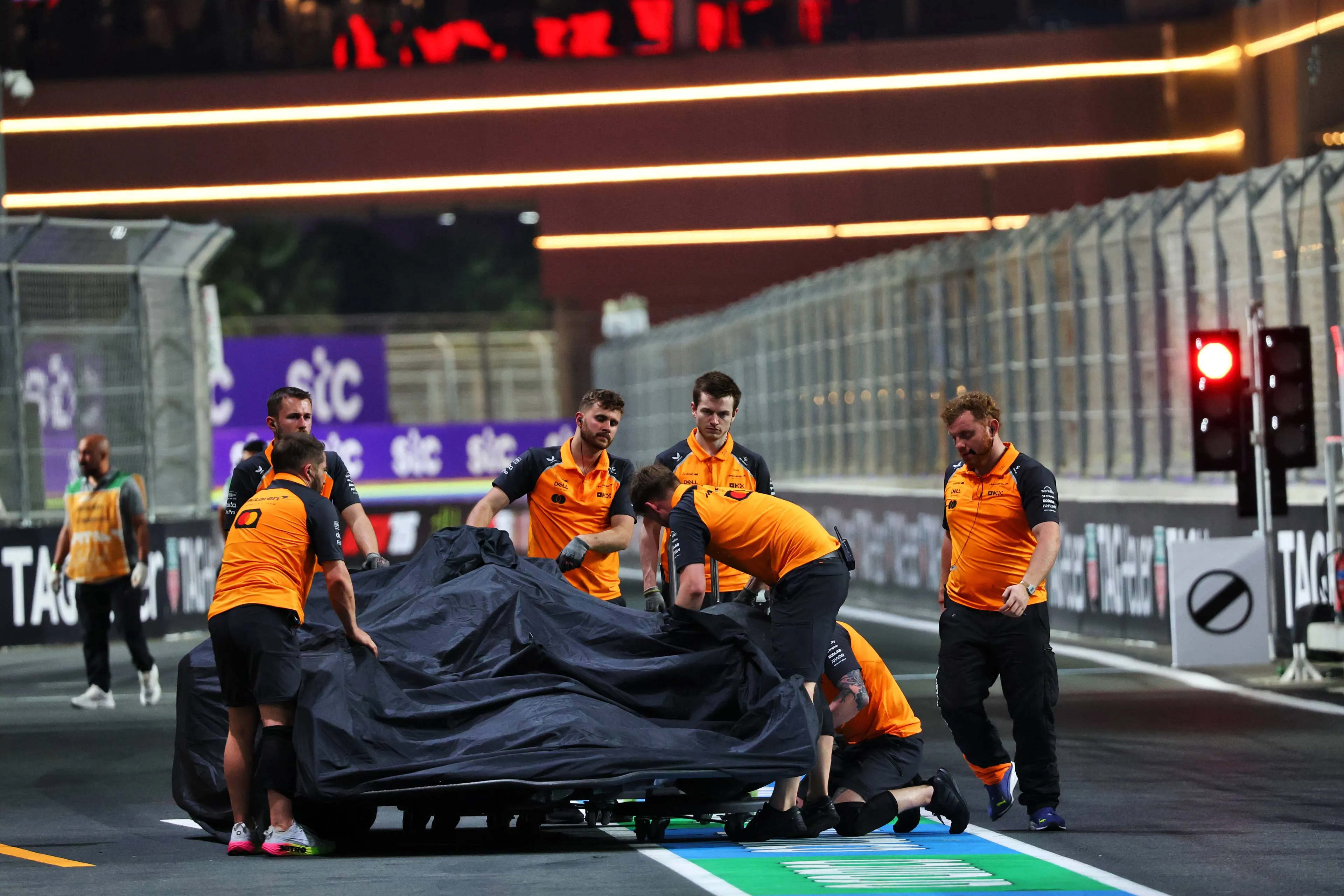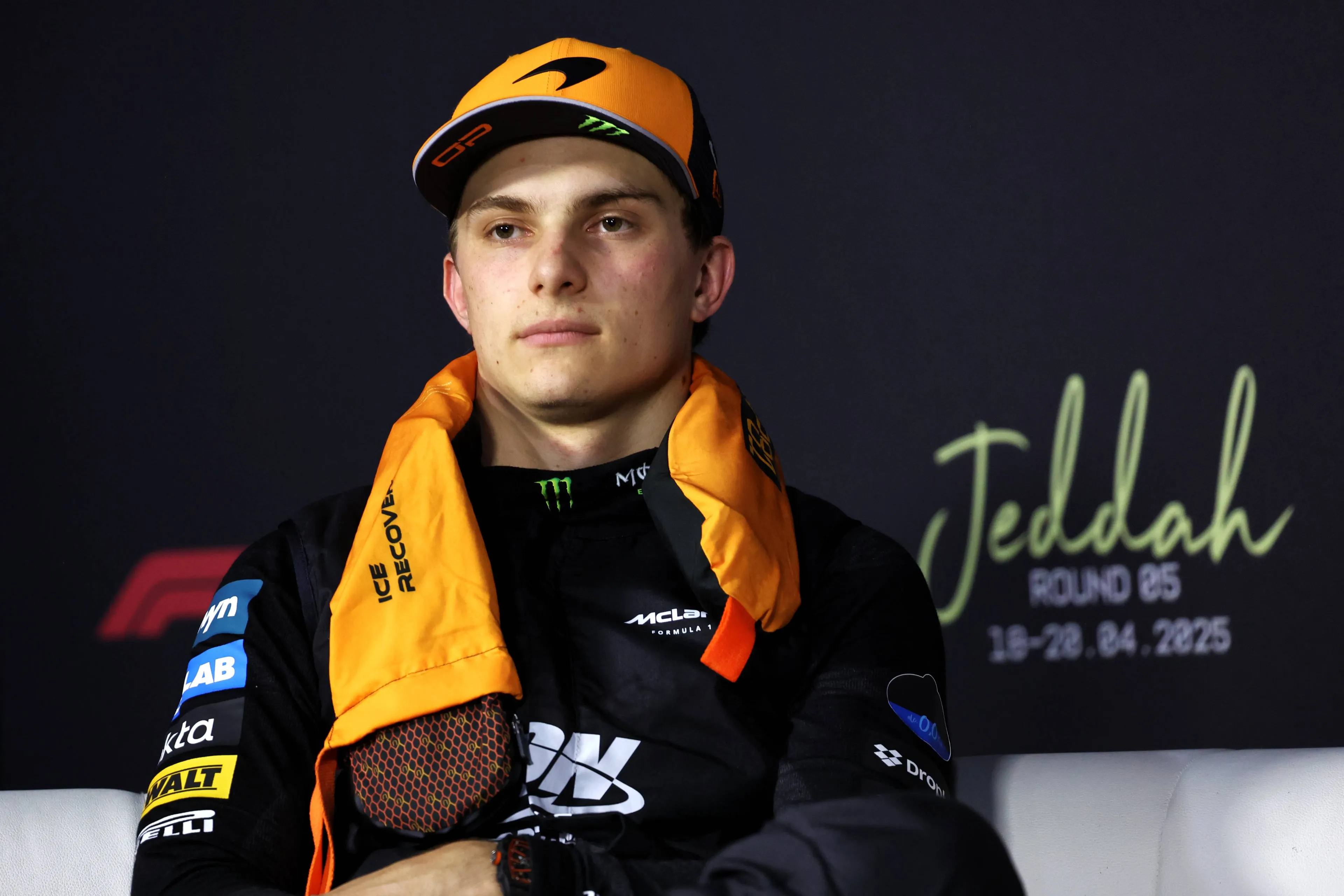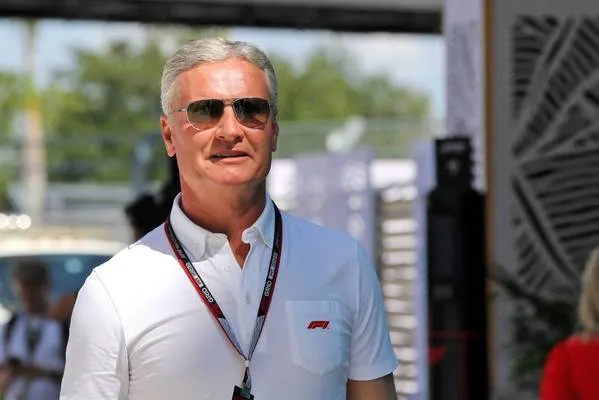F1 Tech | Why F1 Saudi Arabian Grand Prix weekend won't be a Suzuka 2.0
13:47, 19 Apr
Updated: 16:01, 19 Apr
0 Comments
The first of practice in Bahrain saw a very strong McLaren, followed closely by Red Bull’s Max Verstappen in qualifying simulations. Norris and Piastri seemed to have a clear advantage in race pace simulations, but the work overnight could bring other top teams closer, making it harder for McLaren to lock the front row in qualifying. Let’s try to explain what emerged on Friday.
One of the strongest Fridays for McLaren
Starting with McLaren, their car seemed very strong and balanced as soon as it hit the track. In FP1, the 50°C of track temperature clearly helped them: as already seen in Bahrain, when the track is slippery and there’s little grip available, the MCL39 shows its great balance and especially its great ability to make tyres last without overeating them.
This quality emerged as well during first practice, with Piastri and Norris setting competitive lap times on all compounds and making a very solid race pace simulations despite the conditions.
For this weekend, McLaren has adopted a low downforce set-up on both their cars: as shown in the drawing below, the team chose a low downforce rear wing (red arrow) which has already been tested during testing in Bahrain and in FP1 in Melbourne. This was matched with a double element beam wing (green arrows). This set-up provides a high enough top speed at the end of the straights while generating enough downforce in traction phases, exactly where the MCL39 made the difference during the day.
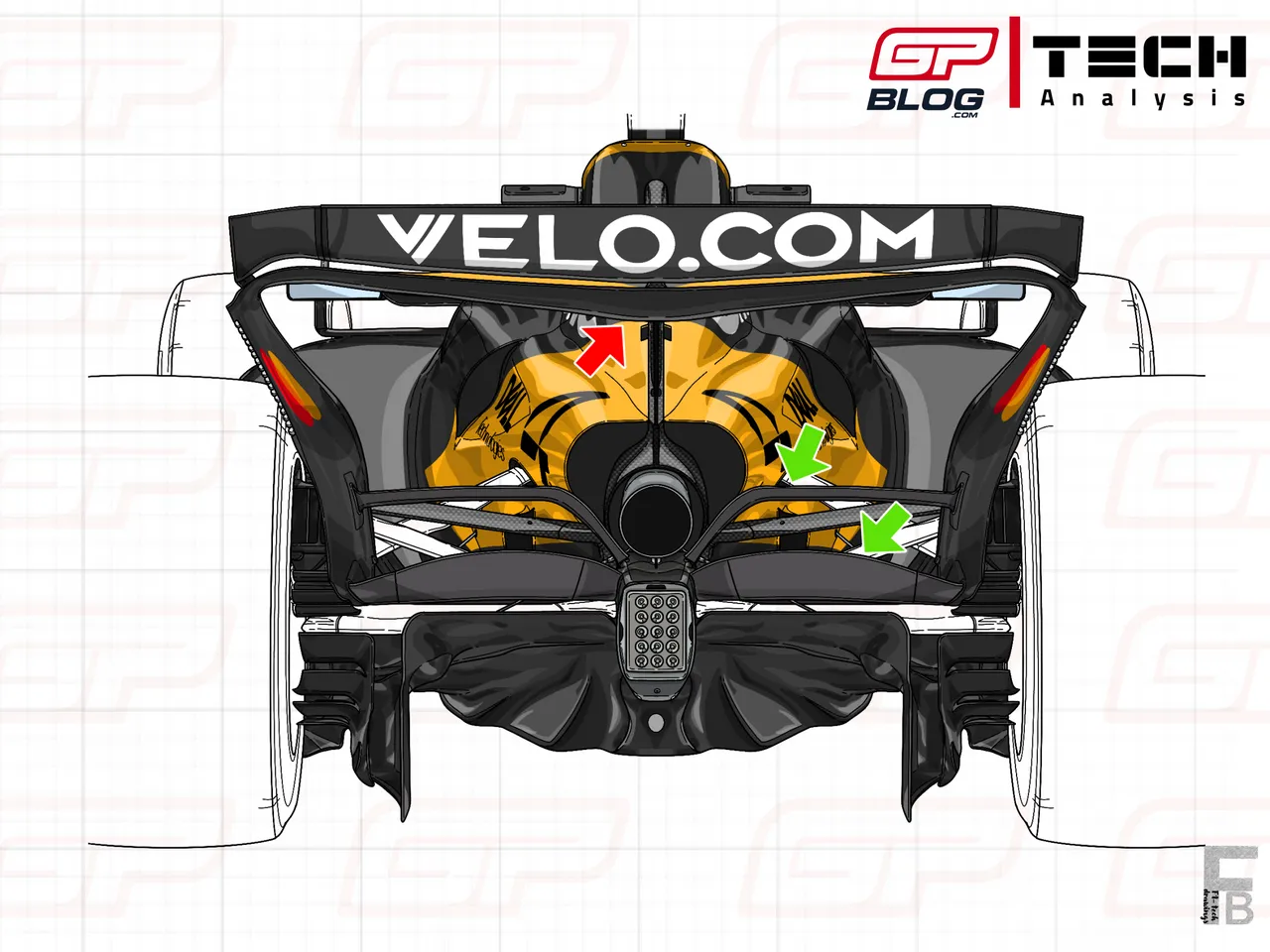
This rear and beam wing choice was made to make the car competitive in all three sectors: thanks to the great level of “efficient” downforce generated by the Venturi channels, in fact, the MCL39 was very competitive in all the medium speed corners (like turn 4 or turn 27) and in the high speed, making a lot of difference to other drivers.
As said above, however, their main strength came from the great traction out of the 1-2 chicane, which was proof of the great stability of the car and the balance between the front and rear axle. All these elements combined made the MCL39 unbeatable in Sector 1.
The unloaded set-up, moreover, was a huge advantage in sector 2 and 3, because it allowed Norris and Piastri to set competitive lap times as well, making them overall quicker than competitors thanks to their superiority in the first sector.
For this weekend, the Papaya team also brought a small update to the diffuser, which was tested only on Piastri’s car during FP1 and FP2.
However, it was not possible to appreciate the new element from the outside, meaning that the change was probably minimal but meaningful for them. It’ll be quite interesting to see whether the update will be used on both cars for the rest of the weekend or not.
Despite the competitiveness, both Norris and Piastri believe that they still need to take a step forward for tomorrow: “We know we’re fast, we know we have a great car but certainly not comfortable, not as comfortable as what we would like. Nothing more than that, keep our heads down, focus on ourselves and see what we can do,” said Norris.
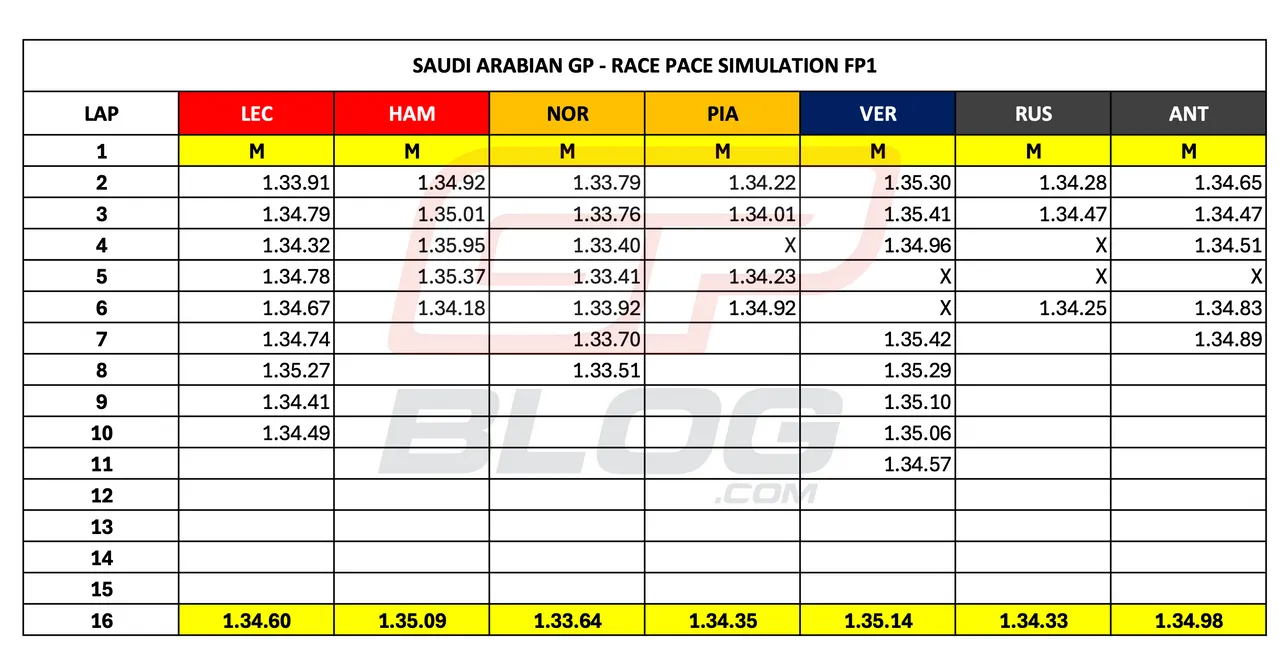
Red Bull still with work to do
Moving on to Red Bull, the Milton Keynes team brought a series of “non-visible” updates as well this weekend, mainly concerning the mechanical components of the RB21, which seem to have worked as expected, as confirmed by Helmut Marko on Friday evening: “As I said, they [mechanical updates] were massive and we had a new approach, which is working in one direction.”
During FP1, the car looked all over the place, showing off a lot of understeer mid-corner through slow speed corners and oversteer in the high speed.
However, changes were made during the two sessions and the car seemed much more balanced during FP2, with Verstappen who was only 0.280 behind Norris in qualifying simulation. However, the pace shown during the race pace simulations is still worrying, as the RB21 massively suffered overheating, which slowed the car down.

This was confirmed by MarKo himself, who also pointed out that the team still needs to make a step forward in terms of tyre management to be closer to the two McLaren during the race: “We made different setups and for the qualifying lap it's working. We are much closer to the McLarens. The long run unfortunately the tyre wear, the tyre temperature is too high. So the game for tomorrow we have to find more reliability and tyre wear for the race but keep the qualifying speed.”
It’s important to underline that Red Bull have always been able to turn the car around on Friday night, making radical set-up changes that eventually worked. It’ll be particularly interesting to see if they are able to do make these changes work as well this weekend.
Ferrari and Mercedes are a step behind
Moving now on to Ferrari, during FP1 Hamilton and Leclerc tested two different set-ups, to understand which one best fitted the Jeddah Corniche Circuit.
As highlighted in the picture blow, Leclerc adopted a medium downforce rear wing (same spec of Hamilton) but with the DRS flap slightly trimmed, to reduce the drag generated and thus improve the top speed on the straights (pink arrow).
Moreover, the Monegasque adopted a double element beam wing (yellow arrow), to improve the stability of the car especially in slow speed corners.
On the other side, Hamilton used the “standard” rear wing Ferrari have been using since the beginning of the season, but matched with a single element beam wing to reduce downforce (pink and yellow arrow right circle).
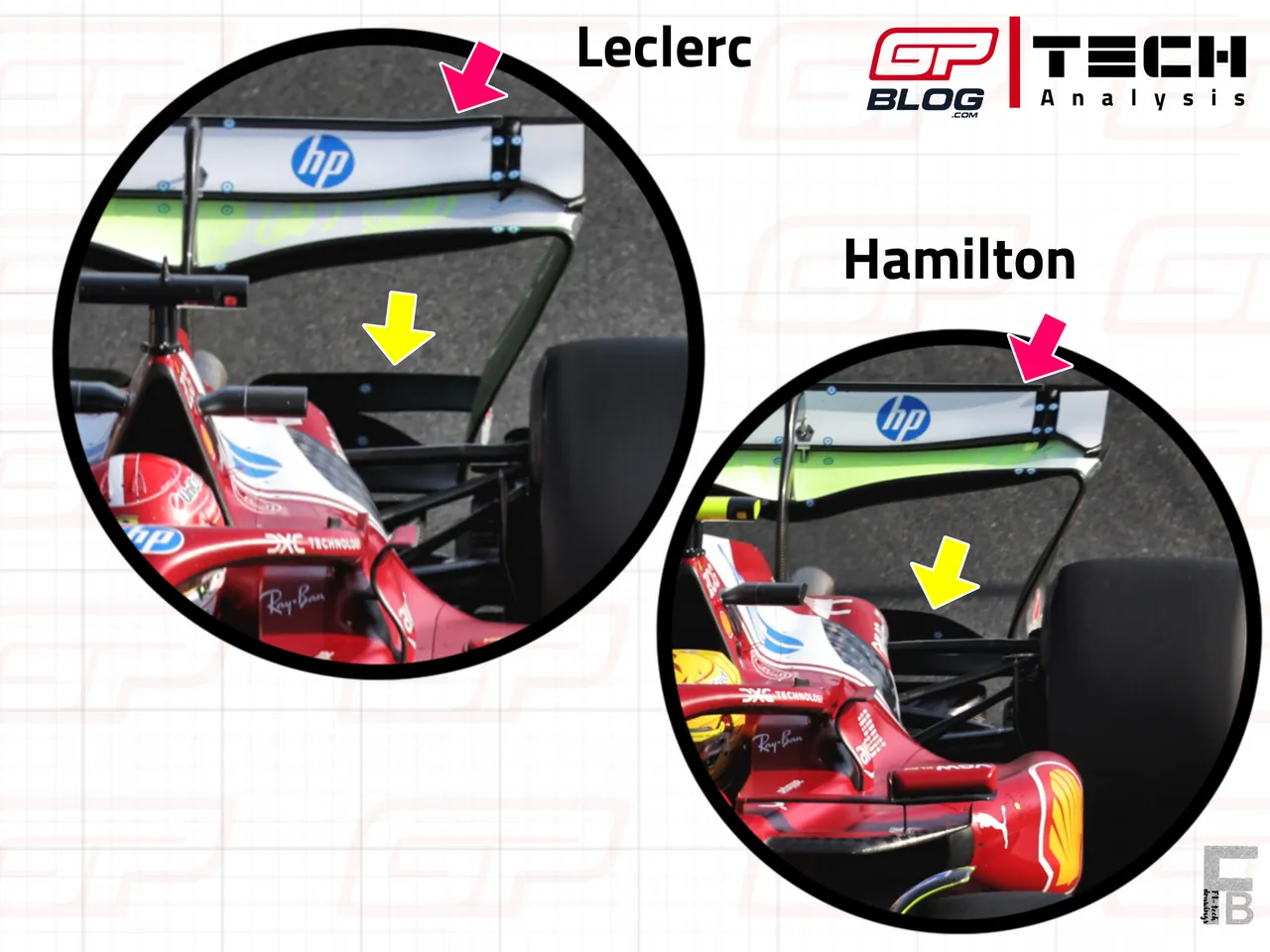
After these comparison runs were made in FP1, both drivers adopted the less unloaded rear wing (the one tested by Leclerc in FP1), but kept on using the two different beam wing versions adopted in the morning session.
The SF-25 looked much stronger in FP1 than in FP2: the hot conditions and the high grip offered by the tarmac seemed to cover some of the weaknesses of the car, especially through slow speed and mediums speed corners.
These issues emerged in FP2: both Leclerc and Hamilton, in fact, struggled a lot in Turn 1 and 2, losing a lot of time compared to the two McLaren.
Not by accident, in fact, these are the only two slow speed corners of the circuit and Ferrari suffers a lot of rear instability in traction. Despite the smooth surface, the Scuderia engineers couldn’t lower the car (especially on the rear) too much, meaning that they were losing a lot of performance in Sector 1.
After practice, Vasseur underlined that: “It’s not a carryover from last year, and we’re probably struggling a bit more to find the right balance and the right setup,” so it’ll be particularly important for them to find the right set-up and balance during the night, in order to be much closer than what was seen in FP2.
Last but not least, Friday for Mercedes has been double-sided: in FP1 the W16 seemed competitive, with a lot of grip in the first sector and very high top speed through all the straights, mainly thanks to the very unloaded set-up and the great traction offered by the rear suspension.
Despite this, the scenario changed a little in FP2, as the car seemed harder to drive and never seemed particularly competitive on different compounds and with different fuel loads.
For them it’ll particularly important to find the right set-up for Saturday to make the car enter its working window, where it can express its peak performance, in order to get a good qualifying spot.
A final mention goes to the Pirelli tyres brought for this weekend: as said by Piastri on Thursday, this weekend was expected to be very similar to Suzuka, due to the smooth asphalt (low deg) and the high grip available: “I'm expecting it to be pretty tight around here as well. You know, it's a layout and kind of track that's similar in corner speed to somewhere like Suzuka for the most part.”

However, the first day of practice revealed a different scenario: also thanks to the softer compounds compared to those used last year, the tyre wear seemed a little higher during the race pace simulations done in FP1 and FP2. This aspect could make the race more interesting from the strategic point of view, as different cars could use different tyres during the race, making it more unpredictable and exciting.
Moreover, the long straights make it particularly easy for drivers to overtake, meaning that competitive cars will be able to attack and overtake slower cars in front. This should prevent a Suzuka 2.0 from happening, as also Safety cars could play a big role around here.
In conclusion, a great weekend of racing awaits and it’ll be particularly interesting to see if Red Bull are be able to catch up or if McLaren will dominate for the second time in a week.
Read also
Read more about:
Popular on GPBlog
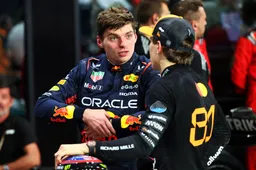
1
Norris crash gave Lambiase crucial idea says Max: 'It was the right call'
1214 times read
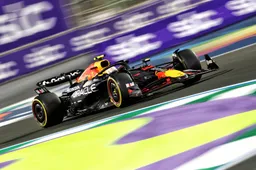
2
F1 Live | Follow Qualifying for the 2025 Saudi Arabian Grand Prix!
851 times read
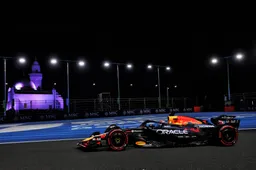
3
Max Verstappen flies to pole in Jeddah, Norris crashes out!
775 times read
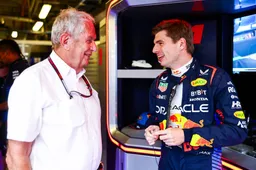
4
Marko makes striking statement after Verstappen's pole: 'McLaren bluffed quite a bit'
769 times read


